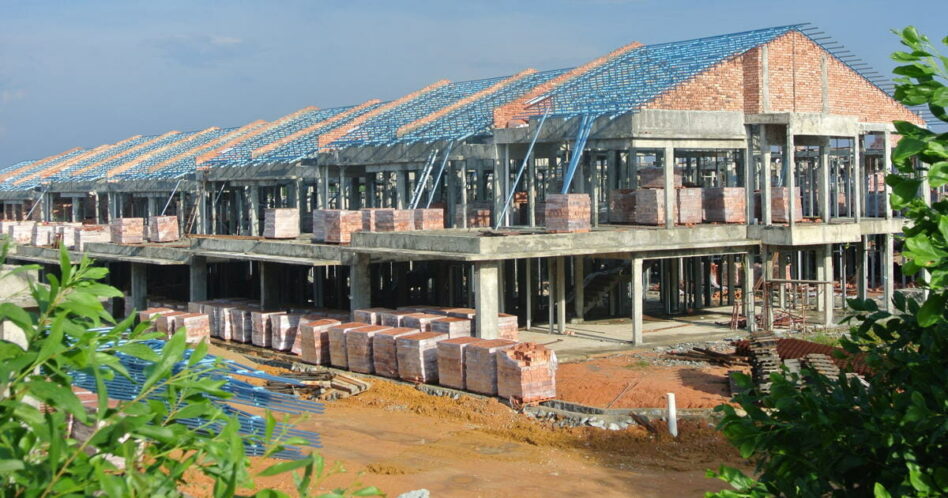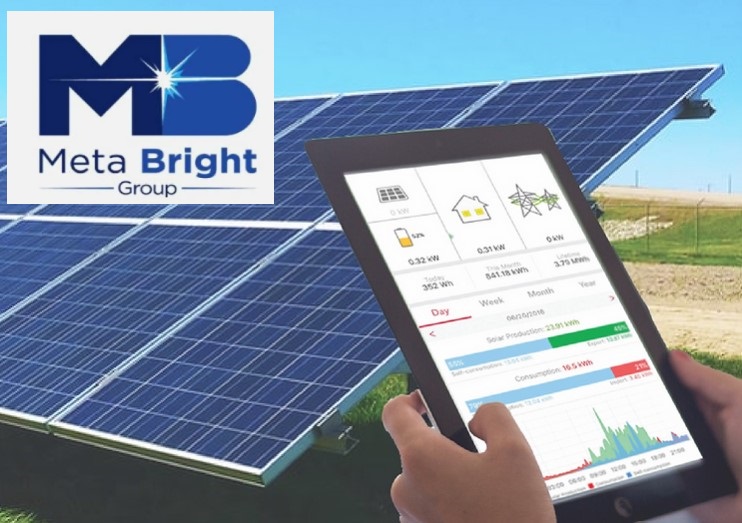THE Malaysian economy recovery has hit a speedbump in June (3Q 2021) as measures to contain the COVID-19 pandemic has led to fresh concerns about the risk of stalling the recovery path in 2H 2021, said Socio Economic Research Centre Malaysia (SERC).
The country’s real gross domestic product (GDP) contraction narrowed from -3.1% year-on-year (yoy) in 2H 2020 to -0.5% in 1Q 2021.
The Government’s implementation of a nationwide full lockdown (FMCO) under Phase 1 of the National Recovery Plan (NRP) has taken a heavy economic toll on domestic demand and business activities via a cutback in demand, supply disruptions, reduced income, weakened consumer sentiment and restricted mobility, SERC executive director Lee Heng Guie said.

“The most devastating sectors are tourism and travel, which had endured a prolonged business slump since last year.
“These sectors will take a longer time to heal and rebuild their business sustainability until we reach at least 50% of population having a completed two doses of vaccination and the lifting of inter-district-state travel ban and reopening of international borders to tourists,” he said during the SERC Online Media Briefing on Quarterly Economy Tracker (Apr-Jun 2021) today.
GDP growth under threat
According to Lee, the country’s GDP growth estimate of 4% for 2021 is under threat depending on the future path of virus containment, the pace of vaccination as well as how long it will take for the country to move to Phase 2, 3 and 4 of the NRP for the reopening of more economic and social sectors.
“PEMERKASA+ and PEMULIH packages provide a temporary relief to households and businesses.
“However, the worsening pandemic condition and persistent movement restrictions have had a long-lasting impact on businesses and dented the already impaired balance sheets of the underserved as well as vulnerable, low- and middle-income households,” he opined.
July and August 2021, he added, are important months to watch as the high level of vaccination rates will offer a glimpse of hope for a fast transition into Phases 3 and 4 which will thus allow economic sectors in the positive list and for social sectors to start operations accordingly.
“It can be observed that the pace of vaccination has accelerated in June and July, with 14.3% of total population (4.7 million people) completing two doses as of July 19.
“We expect continued recovery in 4Q 2021 as a restoration of consumer spending will be supported by the progress of vaccination, and the containment of virus spread.
“Amid some pent-up demand, the continued cash aid and loan moratorium help to provide a temporary cash flow relief but a weak recovery in the labour market remains a drag on consumer spending. Lingering political uncertainty remains a drag on investors’ confidence, acknowledged Lee.

Exports are still going strong
“In the first five months of 2021, exports have bounced back strongly to grow by 3.1% yoy, partly aided by low-base effect last year which is due to the lockdown-induced demand and supply disruptions, alongside the improvement in global demand for certain products and higher prices of commodities and crude oil which had helped to lift exports higher,” Lee revealed.
The products in question include electronics and electrical products, rubber products, chemical products and metal products.
Meanwhile, inflation spiked in 2Q 2021 on low base effect, with the Consumer Price Index (CPI) increasing by 4.4% yoy in May (4.7% in April and 0.5% in 1Q).
This has thus brought the CPI growth to 2.1% in Jan-May 2021 due to the lower base effect last year.
According to the report, the transport index recorded the most significant growth (26%), followed by housing, water, electricity, gas and other fuels (3.2%), furnishings, household equipment and routine household maintenance (2.1%), and food and non-alcoholic beverages (1.5%).
“Headline inflation is expected to moderate to below 4% in the near-term as low base effect dissipates.
“Underlying inflation, as measured by core inflation (0.7% in Jan-May 2021), is expected to remain subdued amid continued spare capacity in the economy.
“Crude oil prices remain a wild card. Without the continued fuel price subsidy for RON95, headline inflation would have increased much higher. SERC estimates inflation to increase by 3%-4% in 2021 (-1.2% in 2020),” Lee said. – July 22, 2021.










